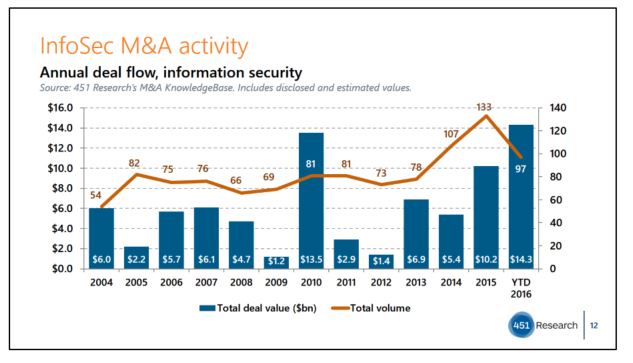Contact: Brenon Daly
Calm seas and favorable winds usually encourage ships to launch onto the open ocean, but that hasn’t been the case for tech startups. The number of enterprise-focused companies that have set sail to Wall Street this year is once again mired in the single digits. That’s a disappointment given the abundant IPO-ready tech vendors and a bullish investor base that has pushed the broader US equity market to record levels in 2016.
By our count, just eight enterprise tech firms have made it public on the two major US exchanges so far this year, matching the total from 2015. The flatlining IPO total comes as US equity markets this year have vastly outperformed last year, while overall volatility has remained relatively muted. The lackluster tone for 2016 started early, with not a single tech company making it public in Q1. That marked the first quarterly shutout for tech IPOs since the end of the recent recession.
After a mini-bear market on Wall Street in the first quarter, both the Dow Jones Industrial Average and the S&P 500 moved into the green and haven’t slipped back since. (The Nasdaq took another quarter to get above water, but has been solidly positive since last summer on its way to posting what looks set to be a gain of just under 10% this year.) These advances have come as market uncertainty – as measured by the CBOE Volatility Index, or VIX – has stayed at historically low levels, spiking only in short-term reaction to the unexpected outcomes of June’s Brexit vote and the US presidential election in November.
Against this relatively welcoming backdrop, tech startups nonetheless passed on going public, and instead opted for M&A. We saw that this year from companies that had formally revealed their IPO plans (Blue Coat and Optiv were both acquired out of registration) as well as vendors that we had assumed were at some stage of IPO preparation (ServiceMax and Jasper Technologies).
As to where that leaves the IPO market for 2017, we’re currently surveying senior investment bankers and, separately, corporate development executives to get their outlook for new offerings next year. If you would like to participate in our annual survey, please email us and we will send you the correct survey for your thoughts on the IPO market as well as the M&A outlook for the coming year.
2016 enterprise tech IPOs*
|
Source: 451 Research’s M&A KnowledgeBase *Includes Nasdaq and NYSE listings only

